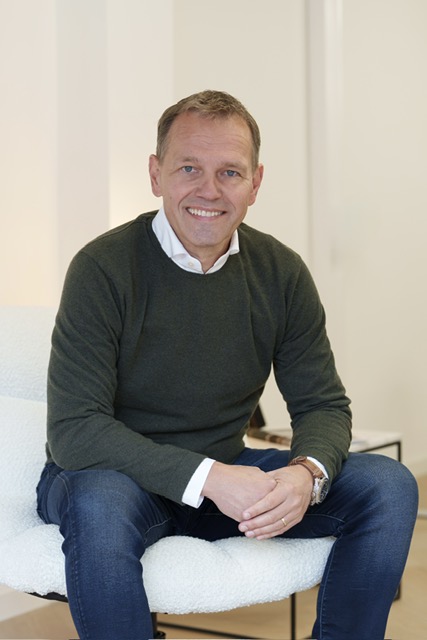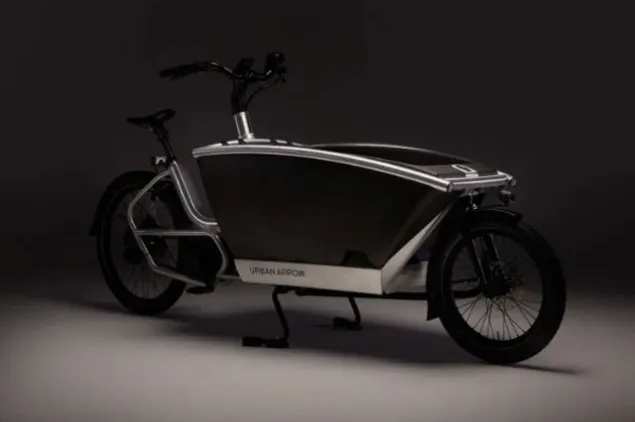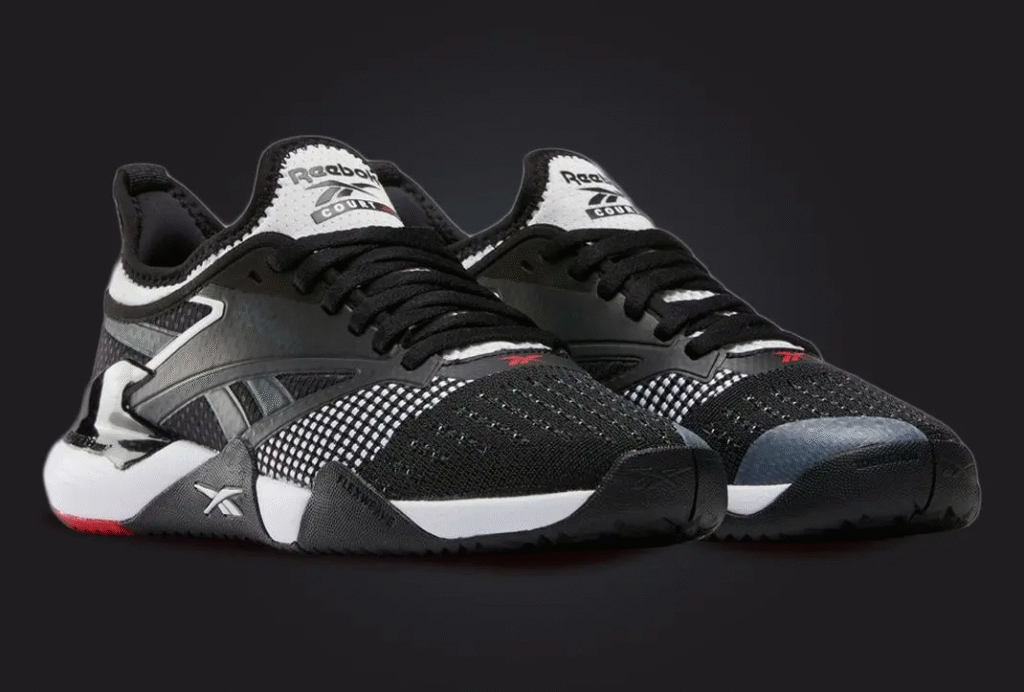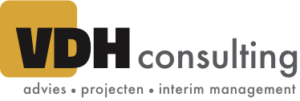About Paul van der Helm
My Story
Paul van der Helm (born 1969) is something of a polymath, with a broad range of talents and interests. A lifelong learner with a curious mind, he’s earned a Master’s degree in Business Economics and an MBA from the Rotterdam School of Management at Erasmus University, equipping him with a solid foundation in business and strategy.
Professionally, Paul found his calling in the world of supply chains, planning and logistics. He was thrilled to join the world’s leading sports brand, Nike — not knowing it would become a 20+ year journey. Over the years, he rose through the ranks and gained deep expertise in supply chain management and operational excellence. It was an education in itself, working for a company consistently ranked in Gartner’s annual Supply Chain Top 25 over the past two decades.
Beyond the corporate world, Paul is happily married and a father of two. He is also passionate about sports. In his younger years, he played table tennis in the Dutch national leagues. Over the years, he also took up squash, tennis, football, and baseball. During his time living in the U.S., he became an avid runner and completed the fascinating 200-mile Hood to Coast relay twice. These days, he spends much of his free time on a mountain bike, while still enjoying tennis and (now also) padel, and the occasional round of golf. Winters wouldn’t be complete without at least one ski trip.
In quieter moments, Paul is reading up on history, technology, leadership and coaching, and macroeconomic and sociopolitical trends. He’s always on the lookout for new ideas and perspectives, to help in business or just feed his natural curiosity.

The Nike years
In 1999, Paul established a capacity planning function for Nike, to synchronize the company’s supply needs across all categories and business lines with third-party manufacturing partners. This initiative significantly enhanced delivery performance and provided better control over supply prioritization. At the same time, he became increasingly involved in Nike’s strategic Supply Chain program (NSC), tasked with implementing SAP as the company’s first non-proprietary ERP system. By 2001, Paul was promoted to Director of Apparel Demand Planning, effectively becoming Europe’s business process owner for implementing i2 as the new Demand and Supply Planning tool for Nike. This role marked his first major involvement in designing and implementing new processes and systems for the business, setting the stage for many similar projects to follow.
In 2003, Paul transitioned to manage the planning and operations of two key categories: Women’s Sportswear ($300 million) and White Label (high-end fashion). This dynamic, hands-on role involved overseeing two fast-growing lines of business. In 2006, he returned to strategy development and execution as the first Director of the Planning Center of Excellence, leading a team of 11 responsible for aligning strategy, prioritizing, managing, and completing projects, process optimization, and all reporting and information-related activities, including leading performance management reviews. In 2007, the team introduced LEAN philosophy and practices into Nike, and in 2008, Paul spearheaded the process integration of the three product engines (Footwear, Apparel, and Equipment), both complex and culturally significant transition management achievements.
Around this time, Paul enrolled in a two-year Executive MBA program at his alma mater, Rotterdam School of Management (RSM), recognized as a top 5 school in Europe for its MBA program. He commenced the program in January 2007, together with a diverse group of 100+ international students. With great energy and dedication, and supported by his wife, Ciska, and their two young children, he completed all course requirements in December 2008.

The timing proved fortuitous, as Nike underwent a significant reorganization in 2009, presenting an excellent opportunity for Paul at Nike’s corporate headquarters in the U.S. On January 2, 2010, the young family of four boarded a plane to Portland, Oregon, embarking on a 4.5-year adventure, both personally and professionally. Paul assumed the role of Global Process Director for Demand Planning and Inventory Management, responsible for driving the 3-5 year strategy for the function, in collaboration with the functional leaders across five geographies (North America, EMEA, Greater China, Japan, and Emerging Markets).
In this capacity, he initiated the Planning Transformation program, overhauling Nike’s planning processes between 2011 and 2016, including a transition to SAP APO and the adoption of Tableau as a data visualization tool. Additionally, Paul personally led the re-engineering of Nike’s global inventory management process, transitioning it from Excel-based systems to a global end-to-end visibility platform for inventory forecasts, risks, and decisions.
In his second role at Nike’s World HQ in Beaverton, Oregon, Paul took on responsibility for Global Planning and Fulfillment Operations of Nike’s Digital Sport business, a small but mission-critical division with C-level oversight. The team developed the Nike+ platform, which remains the foundation for Nike’s direct interaction with consumers today and has driven much of its overall growth in subsequent years. Among other initiatives, Paul established the executive S&OP process for Digital Sport and aligned supply chain operations with Apple (Digital and B&M) as a new distribution channel for the FuelBand SE.

In 2014, the family returned to the Netherlands, where Paul was promoted to lead all Operations for the Central & Eastern Europe geography ($1.5B), encompassing 32 countries grouped into 7 regions. The team included 7 direct reports and over 100 people in the extended team. With 70% of the business conducted outside the EU, the role involved managing 3 satellite warehouses (in Russia, Turkey, and Israel), multiple 3PL providers, and several distribution partners in the Middle East. This position provided an opportunity to delve into distribution, logistics, customer service, and some retail operations (for factory stores), while also driving strategy for the function and the geography, and sponsoring projects and talent management programs.
Overall, the Nike years have given Paul a string of opportunities and learning, including:
- A love for leading teams and people, with experience gained from making mistakes and receiving honest feedback
- Understanding (complex) supply chains that support different business models, markets and channels
- A deep appreciation of project and change management, and continuous process improvement, as ways of bringing strategic priorities to life
In 2018, Paul took a sabbatical to reflect on his purpose, strengths, and future plans. During this period, the seeds for VDH Consulting were planted. Although the company was not founded until October 2019, this time allowed Paul to explore new opportunities and directions.
Entrepreneurship: VDH Consulting
In 2019, Paul spent half a year in Switzerland to help renowned Swiss watch brand Breitling with setting up new sales planning and operations processes. Fueled by the idea of shorter-term engagements and enriching his professional experience, he went on to pursue interim roles and project opportunities.
At Urban Arrow, a leading Dutch electric cargo bike brand, he contributed to scaling operations and enhancing supply chain processes, during the height of the COVID pandemic. As interim COO, Paul orchestrated the move to a new office and warehouse location, added two new suppliers, and paved the way for doubling the employee count and revenue. Subsequently, at mother company Pon Bike, the largest player in the global bicycle industry, he managed the commercial relations with all external assembly partners, and supported the setup and governance of a project to build a new plant in Lithuania.
In 2022, Paul joined a team of independent consultants to set up the distributorship of Reebok in Europe, for Italian fashion company New Guards Group (NGG). After designing the overall business model and key processes, he implemented a new ERP (MS Dynamics 365), hired a team of 25 people, and set up all planning, customer service and logistics processes. All that in less than 15 months, as the date the business had to be taken over from adidas was fixed. “Probably the most exciting and comprehensive project I’ve ever worked on”, Paul said, comparing the €400M startup to getting a Boeing 747 off the runway of an aircraft carrier. It certainly allowed him to apply his extensive experience in brand management and operational excellence to a legacy brand undergoing significant change.



